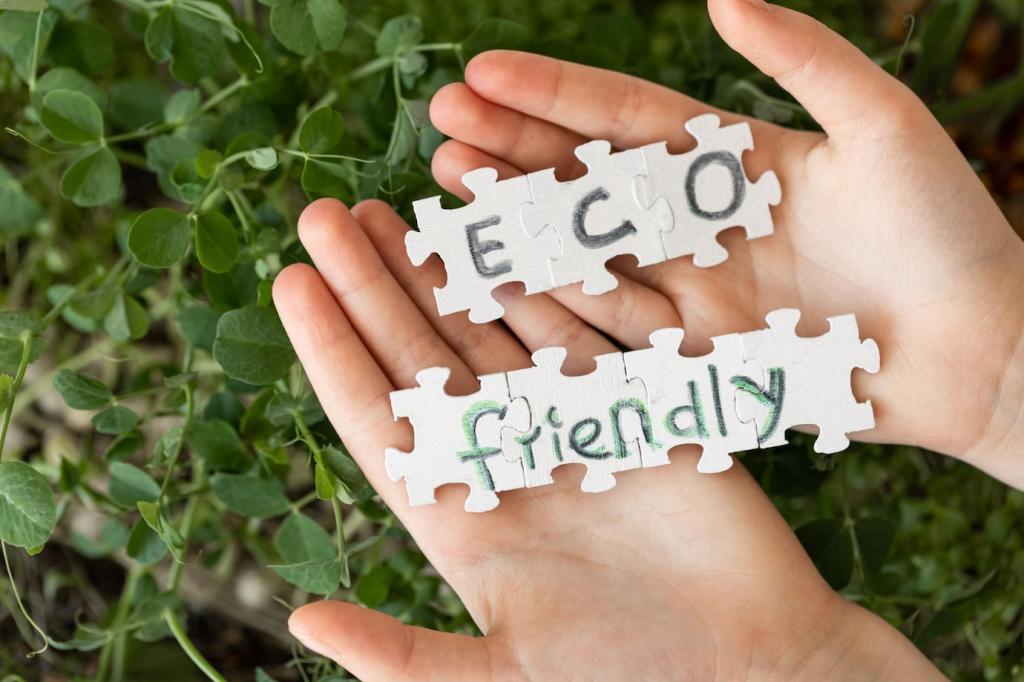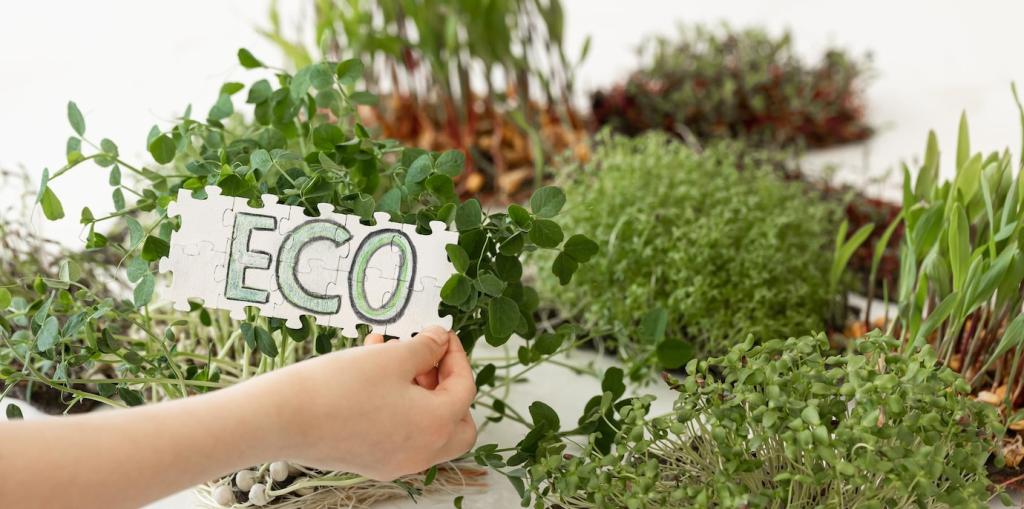
Nurturing Wildlife Habitats in Sustainable Landscapes
Today’s theme: Wildlife Habitats in Sustainable Landscapes. Explore welcoming, resilient spaces where birds, pollinators, and small mammals thrive alongside people. Read on, get inspired, and share your own habitat wins with our community.
Start with Native Richness
Choose a Native Plant Palette
Select regionally native trees, shrubs, and flowers that feed local insects first; in turn, birds and mammals flourish. Oaks, milkweeds, and asters anchor food webs while saving maintenance and water.
Layer the Habitat
Combine canopy, understory, shrub thickets, meadow patches, and leaf-littered ground to create year-round shelter. Diversity of heights and textures invites nesting, safe foraging, and winter refuge.
Design Productive Edges
Curved beds and soft transitions between lawn and habitat generate rich ‘edge’ zones. Butterflies bask, wrens hunt, and children notice small dramas that spark lasting curiosity.
Water that Welcomes Life
01
Rain Gardens that Team with Life
A shallow, planted depression captures stormwater, filters pollutants, and refills soil moisture. After one wet spring, our neighbor’s new rain garden hosted chorus frogs and dragonflies within weeks.
02
Pollinator Puddling and Perches
Flat stones, damp sand, and mineral-rich puddles let butterflies and bees drink safely. Add sun-warmed rocks for basking, and watch swallowtails sip minerals they need for reproduction and flight.
03
Safe, Chemical-Free Water Care
Refresh birdbaths every two days, scrub gently, and avoid chlorine or algaecides. A small bubbler discourages mosquitoes while inviting warblers to bathe, preen, and linger longer in safety.
Shelter, Food, and Safe Passage
Skip the fall cleanup frenzy. Leaf litter shelters overwintering moths and pupae, while small brush piles and logs welcome salamanders, solitary bees, and fungi that recycle nutrients naturally.

Coexistence in Neighborhoods
Secure compost, feed pets indoors, and use tight-lidded bins to reduce temptation. Motion lights, scent deterrents, and tidy coop designs protect chickens without harming foxes, raccoons, or neighborhood owls.
Coexistence in Neighborhoods
Shielded, warm-colored lights and timers keep the Milky Way visible while guiding steps. Less glare benefits migrating birds, bats, moths, and your sleep, making night gardens calmer and ecologically alive.


Seasons and Climate Resilience
Drought-Ready Planting
Group plants by water needs, mulch deeply, and harvest roof runoff. Choose natives adapted to heat waves and erratic rain, ensuring nectar, seeds, and cover remain available during stressful seasons.


Keep a Backyard Field Journal
Note first blooms, fledglings, and migrations, then compare across years. Patterns reveal habitat strengths and gaps, guiding small changes that deliver big benefits for nesting, feeding, and sheltering.

Join Citizen Science Platforms
Share sightings on iNaturalist, eBird, or local projects so data informs regional planning. Your porch observations can strengthen corridors, protect rare species, and inspire neighbors to plant with purpose.

Earn Habitat Certifications
Apply for native garden badges or wildlife habitat certification to celebrate progress. Signs spark conversations, recruit volunteers, and invite passersby to subscribe, return, and share photos of visiting creatures.
